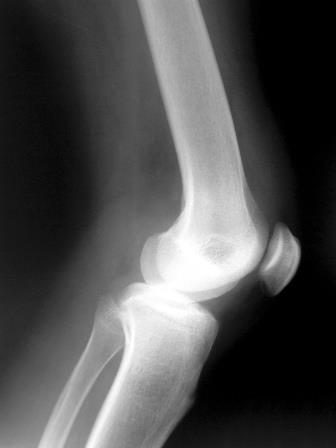SUMIT PARIKH
Dr Sumit Parikh is the AHCDO ABDR Senior Research Fellow
How can haemophilia treatment outcomes be measured? The Australian Haemophilia Centre Directors’ Organisation (AHCDO) has been exploring the Haemophilia Joint Health Score (HJHS) as a tool to measure joint health over time as one way to show the impact of treatments.

New extended half-life (EHL) clotting factor concentrate and non-factor therapies for haemophilia became available in Australia in 2020. It came as great news for patients that there is now a range of new therapies to improve their current health and treatment outcomes with haemophilia. This looks promising for the future; however, to demonstrate this, we will need to track and monitor treatment outcomes regularly.
Bleeds and joint health are the two core measurable outcomes in the Australian Bleeding Disorder Registry (ABDR) to investigate the effectiveness of an individual’s prescribed treatment regimen. Whilst AHCDO has been evaluating self-reported bleeds and uptake of MyABDR, it is also exploring HJHS as a tool to measure treatment outcomes.
The Haemophilia Joint Health Score (HJHS) is a validated, standardized joint assessment tool incorporated into the ABDR to monitor joint health status. AHCDO’s study is designed to look at the frequency of HJHS usage and use of the HJHS in routine assessment of people with bleeding disorders such as haemophilia or von Willebrand disease (VWD) in Australia. The study also aims to explore the influence of geographical location as well as individual patient factors that might have an impact on the ability to perform HJHS assessment. Examining the relationships between HJHS and bleed data, including whether a patient has inhibitors, will help us determine the impact of their treatment on long term joint health.
A quick snapshot of HJHS in the ABDR demonstrates that more than 50% of patients with severe haemophilia A and haemophilia B have at least one joint score recorded. The numbers are comparatively lower (less than 30%) for the non-severe population. There were slightly more joint scores performed in the paediatric group compared to the adult group. Investigating further highlighted some factors (i.e,. non-compliance, refusal to consent, time commitment and not showing up) that particularly influenced performing HJHS in the adult group. Most of the routine HJHS assessments were performed on an annual basis, although in certain scenarios HJHS was combined with Haemophilia Early Arthropathy Detection with Ultrasound (HEAD-US) and/or radiology (eg, X-Ray) and MRI to evaluate musculoskeletal health.
The results are still evolving. However, some trends are worth noting. It appears that severe haemophilia A and haemophilia B patients who have been on routine prophylaxis for at least 6 months have a better joint health score than those on on-demand therapy. The data also shows a vicious circle, where patients prescribed routine prophylaxis but who are non-adherent bleed more, and the impact of increased bleeds is reflected in their joint health score.
There are many avenues yet to be explored in terms of joint health for people with bleeding disorders. These preliminary results have been very useful in identifying factors that influence joint health. I am looking forward to coming back with more results as we continue to improve our understanding of these treatment outcomes.
Haemophilia Foundation Australia acknowledges the Traditional Owners and Custodians of Country throughout Australia, the land, waters and community where we walk, live, meet and work. We pay our respects to Elders past and present and extend that respect to all Aboriginal and Torres Strait Islander peoples.
Sign up for the latest news, events and our free National Haemophilia magazine